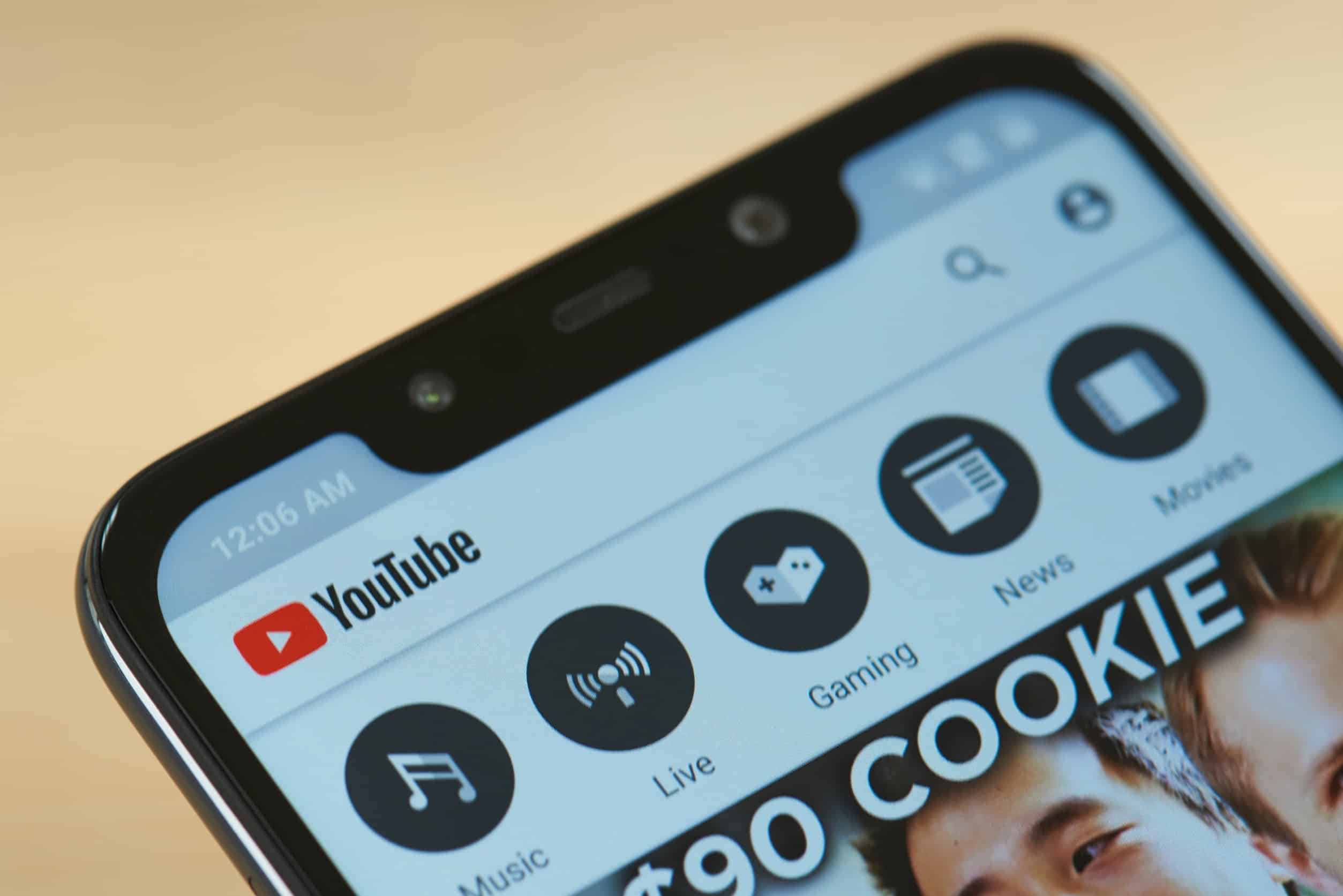The following is a real life case study from EPGD; name/numbers omitted for privilege.
Hello Client, I hope that you are doing well. I have taken my time to analyze the numbers and have come up with a figure that reflects a realistic portrait of the publishing performance royalties generated by the composition “The Song”, written by Artist, and by You. Although this is not a perfect estimation, there are some significant blindspots as you will see, it can give you a good reference point for what you are owed.
Firstly, I have taken a look at the song’s information, using Songview (https://www.ascap.com/songview), a data platform tool that provides an authoritative view of public performance copyright ownership and administration shares for the vast majority of music licensed in the United States.
The Song has a share of 60% administered by ASCAP (Artist Publishing (30%) and its Writer, Artist (30%)). This is out of 200%; which means that there is a portion (140%) that is unassigned. This lets us know that those royalties have not been claimed by ASCAP or BMI. This is the portion from which we would be seeking publishing royalties from.
Secondly, I have calculated the songs projected publishing royalties using a Publishing Simulator by Create/OS (https://pubsim.createos.app/). The Simulator uses a song’s total digital streams to generate its corresponding digital mechanical and performance royalties. First, I reviewed the track’s total YouTube views, which is around 250,000,000 views (“YouTube Views”). Second, I reviewed Artist’s similarly popular tracks on Spotify, and measured them versus those tracks’ YouTube views. Here is a close example, for a song from Artist with similar popularity and style:
- “Other Song”
- Spotify – 170,000,000 streams
- YouTube – 270,000,000 views
If we assume the same ratio as for “Other Song”(.63 ratio), and this is a bold assumption, we can estimate that “The Song” likely has 170,100,000 streams on Spotify (250,000,000 x .63). Now, Spotify is only around 31% of the global streaming market. As for the other streaming platforms, here is their breakdown:
(Q1 2021):
■ Apple Music – 15%
■ Amazon – 13%
■ Tencent – 13%
■ YouTube Music – 8%
■ Other – 20%
Using this data, we can project that the total streams for the song across all platforms are 548,709,677 (“Platform Streams”), this is also a bold assumption, divided as per platform as follows:
■ Spotify (31%) – 170,100,000
■ Apple Music (15%) – 82,306,451
■ Amazon – (13%) – 71,332,258
■ Tencent (CHINA) (13%) – 71,332,258
■ YouTube Music (8%) – 43,896,774
■ Other – (20%) – 109,741,935
Finally, we plug in this information into the Publishing Simulator, both the Platform Streams, as well as YouTube Views, for a Total Streams of:
798,709,667 (“Total Streams”). According to the Simulator, the streaming revenue for this Total Streams is: $862,606 (“Streaming Revenue”). This Streaming Revenue, translated into Digital Publishing Royalties, is as follows:
■ Digital Mechanical Royalties (collected by MLC) – $471,239
■ Digital Performance Royalties (collected by ASCAP/BMI) – $326,792
■ Total – $790,568.00
This number, $798,031 (“Digital Mechanical & Publishing Royalties), represents the projected total revenue generated by Digital Mechanical and Performance Royalties for The Song. However, the analysis above is in reference to digital mechanical and performance royalties only. This number excludes significant publishing royalty sources such as:
■ International Performance Royalties – both traditional and digital, which
may or may not be taken into account by the Simulator;
■ Traditional Performance Royalties – radio, TV, broadcast (collected by
ASCAP / BMI);
■ Traditional Mechanical Royalties – albums, LPs, cassettes (collected by
MLC);
■ Neighboring Rights – digital non-interactive plays (collected by
SoundExchange).






